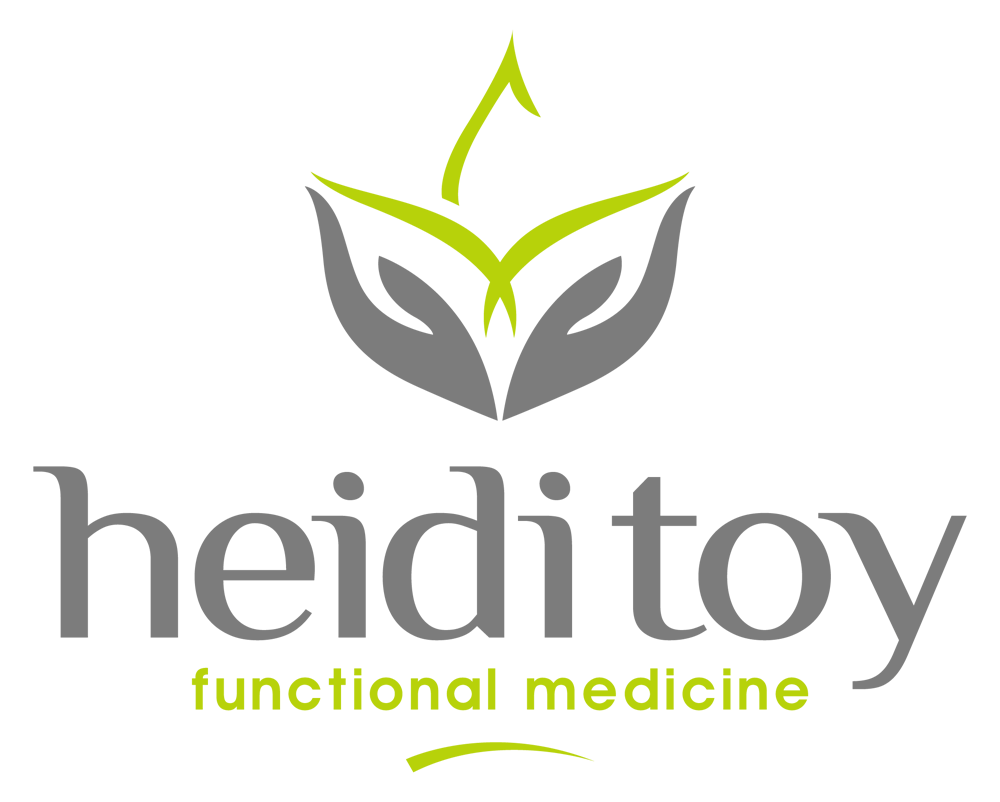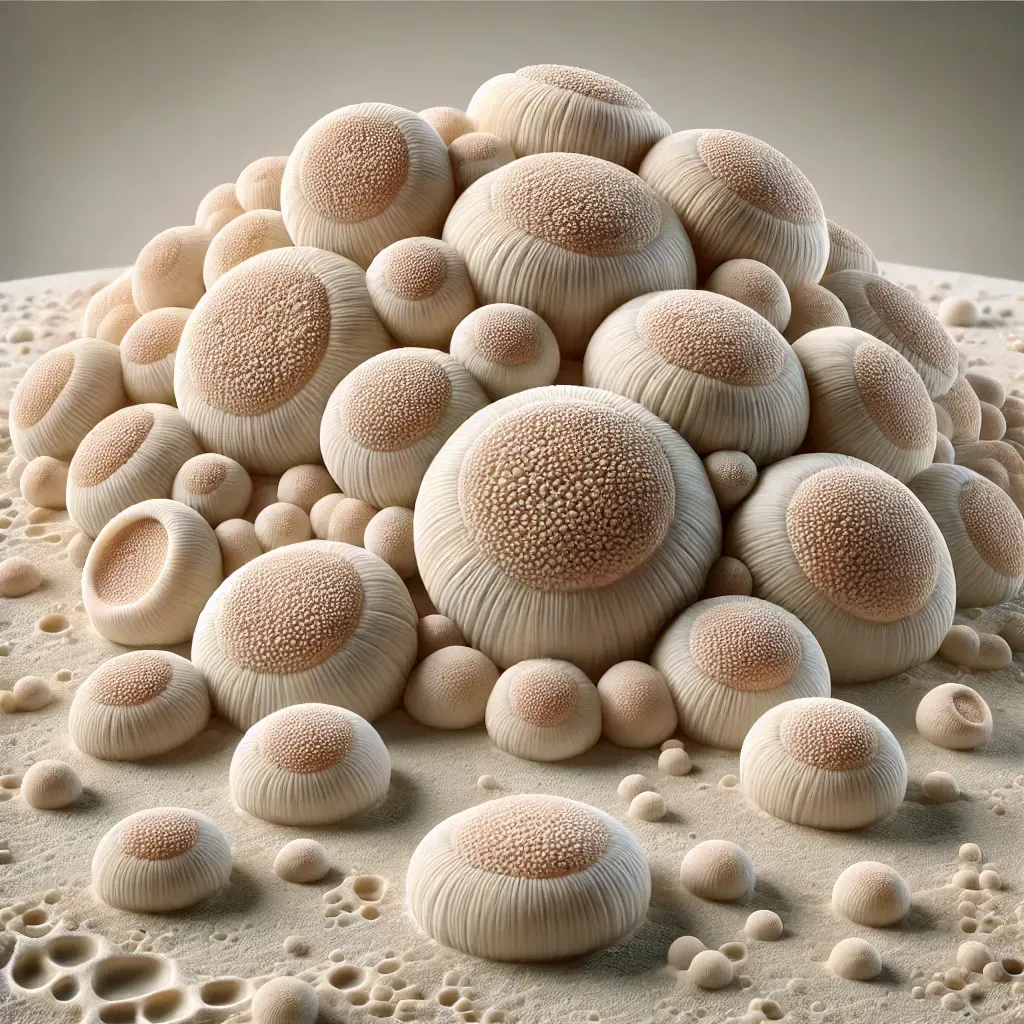Unlocking the Power of Minerals: Their Hidden Impact on Thyroid Health, Hormonal Balance, and Fatigue
Embarking on a healing journey often involves navigating a labyrinth of factors, from hormonal imbalances to thyroid issues. In my personal quest to address estrogen dominance and hypothyroidism, I encountered a significant oversight that hindered my progress – the impact of minerals on my overall well-being. Despite rigorous lab testing and targeted interventions, the elusive breakthrough remained, leaving me frustrated and uncertain about my hormonal future.
The Mineral Missing Link:
It wasn't until I delved into the intricate world of minerals that the missing puzzle piece emerged. My thyroid function, progesterone production, and even digestion were intricately linked to my mineral status. The revelation brought clarity to my struggles, highlighting the importance of establishing a robust mineral foundation before diving into advanced protocols.
1. Thyroid Function:
Minerals play a pivotal role in supporting thyroid health. Key elements like iodine, selenium, and zinc are crucial for the synthesis of thyroid hormones. In my earlier oversight, I failed to recognize that a deficiency in these minerals could compromise the effectiveness of any thyroid-focused interventions.
2. Progesterone Production:
Mineral balance contributes significantly to hormonal harmony, especially in the case of progesterone. Adequate levels of magnesium and zinc are essential for supporting the body's ability to produce progesterone. Without addressing these mineral imbalances, my attempts to rectify estrogen dominance were like building on an unstable foundation.
3. Digestive Health:
Optimal mineral levels are vital for maintaining a healthy digestive system. I realized that deficiencies in minerals like magnesium and zinc were affecting my gut function, hindering nutrient absorption, and perpetuating a cycle of imbalance. Restoring these minerals became a priority for fostering digestive well-being.
Building a Solid Foundation:
My journey taught me the importance of prioritizing minerals as the foundation of any healing protocol. Instead of jumping into complex interventions, addressing mineral imbalances first could have saved me considerable time, energy, and financial resources. Here's how you can focus on minerals to enhance your healing journey:
A. Comprehensive Testing:
Invest in comprehensive mineral testing to identify deficiencies or imbalances. Understanding your individual mineral profile allows for targeted interventions tailored to your specific needs.
B. Nutrient-Dense Diet:
Embrace a nutrient-dense diet rich in minerals. Incorporate foods like leafy greens, nuts, seeds, and seafood to naturally boost your mineral intake. A well-rounded diet lays the groundwork for mineral sufficiency.
C. Supplementation:
Consider targeted supplementation based on your test results and dietary choices. This approach ensures a balanced intake of essential minerals, supporting various bodily functions.
D. Stress Management:
Recognize the impact of stress on mineral depletion. Implement stress management techniques like mindfulness, somatic exercise, prayer, or deep-breathing exercises to preserve your mineral reserves.
The pivotal role of minerals in thyroid health, hormonal balance, and overall well-being cannot be overstated. My journey illuminated the significance of establishing a solid mineral foundation before delving into intricate healing strategies. By prioritizing minerals, you empower your body to function optimally, setting the stage for lasting healing and well-being. Let minerals be your guide on the path to vibrant health, unlocking the secrets to thyroid harmony, hormonal balance, and fatigue-free living.
A great way to get started on your mineral healing journey is having your own hair tissue mineral analysis (HTMA) lab test run. Get your
HTMA Today.
Don't Miss Out!

Heidi Toy Functional Medicine Blog






















































































